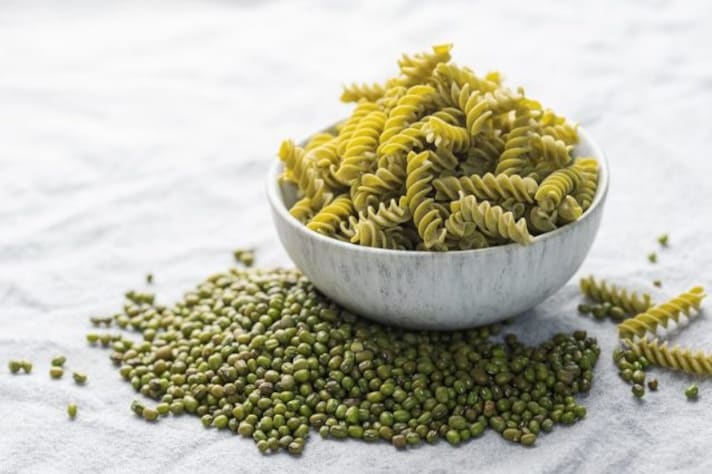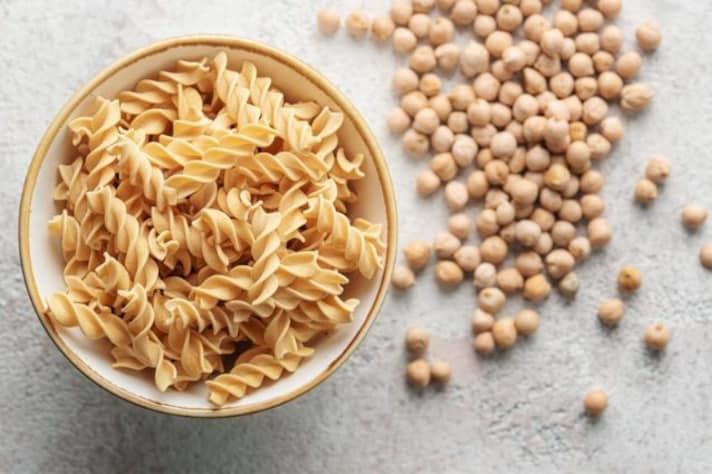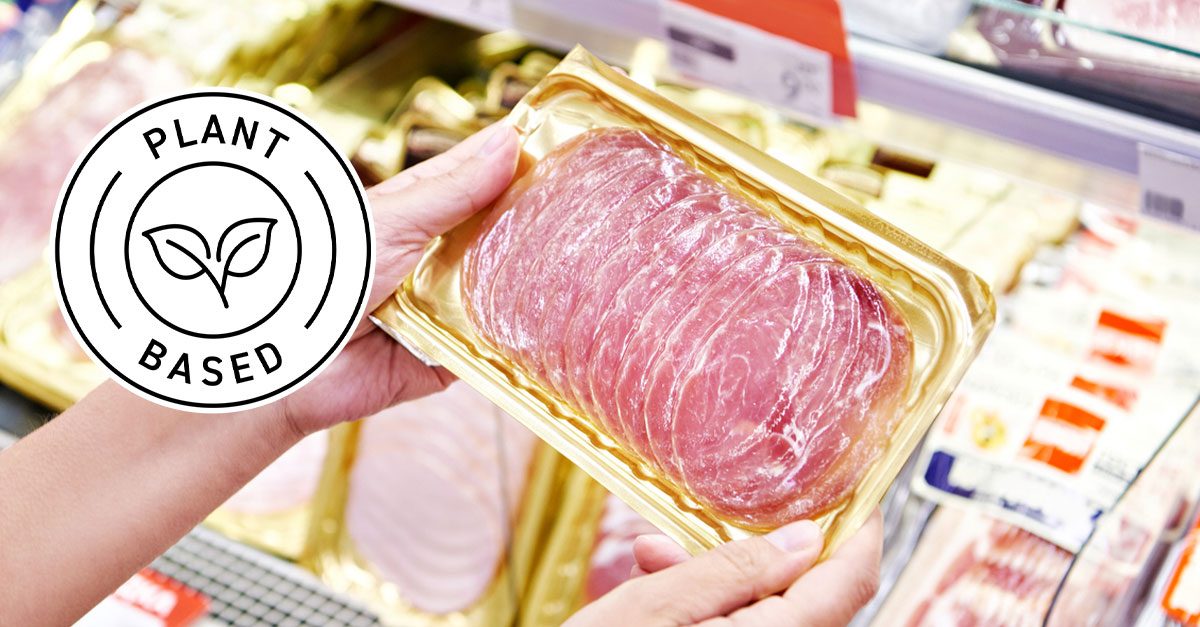What is Legume Pasta, How Is It Made and How Should You Include It In Your Diet?
Made mainly with chickpea flour, red lentils and peas, these are alternatives to traditional pasta that are more protein-rich, high in fibre and gluten-free. Let's see if they are good for you and how to use them in the kitchen.

Pasta is one of the most consumed foods in the US: collectively, Americans consume approximately 5.95 billion pounds of pasta annually, averaging about 20 pounds per person each year. One of the reasons for its popularity is the convenience with which it is prepared and seasoned. It is no coincidence, therefore, that legume pasta has been appearing on grocery store shelves for some time now, alternatives to classic wheat pasta that can meet new dietary needs: they are designed especially for those who suffer from celiac disease and for those who have chosen to limit or eliminate animal-derived proteins, preferring vegetable ones . Let's get to know them better.
How is Legume Pasta Made?
Looking for substitutes for wheat flour, even in a gluten-free version, is certainly not new: it is a custom that has now become commonplace to see, for example, in baking products made with different raw materials, from the choice of other cereals such as rye or spelt, through hemp, amaranth and legume flours. These are the protagonists of pasta made with chickpeas, red lentils, peas and, rarely, beans that are increasingly gaining ground, also thanks to the fact that they are sold in the same classic formats , such as penne, rigatoni, fusilli. Those who make bread at home know perfectly well how much more difficult they are to work with than classic flours, balancing the correct amount of water in the dough: finding a ready-made product that can be used in the same way as the original is undoubtedly a great advantage.

Are there any health benefits? The nutritional profile of these pastas is richer than traditional ones. Coming from legumes, they have a greater quantity of fiber (even more than double): they are more satiating, promote intestinal transit and keep blood sugar levels under control. They are also an excellent source of vegetable proteins at the expense of carbohydrates (they have about a third less, which means a lower dose of sugars). A portion is around 100-120 grams compared to 70-80 grams of semolina pasta and can be considered a complete meal. On the market it is also easy to find legume pastas that are mixed with other flours, such as rice or corn , inserted to perform palatability or technological functions, in order to obtain a fully satisfying product.
How to Use Legume Pasta in The Kitchen
How do you introduce legume pasta into your diet? The advice is not to make them exclusive: flour is the result of processing and therefore it is better to consume fresh legumes, just as the intake of cereals (unless there are health impediments) is always recommended by nutritionists. From a practical point of view, wheat pasta is easier to combine with different condiments, given its neutral flavor, while chickpea, red lentil or pea pasta have more defined flavors, which recall their origin.

They are generally sweeter, so they are perfect to combine with ingredients that can create a pleasant contrast, such as tomato sauce with an acidic component, or spinach and chard, more bitter, and a good vegetable ragù, with zucchini and peppers. Since they are already protein-rich, pairing them with fish and meat should be avoided. Last detail: if you are a fan of pasta al dente, you might be disappointed. Cooking takes around 6-8 minutes, so quick, but the consistency still tends to be soft and not tough.
;Resize,width=767;)
;Resize,width=712;)

;Resize,width=712;)
